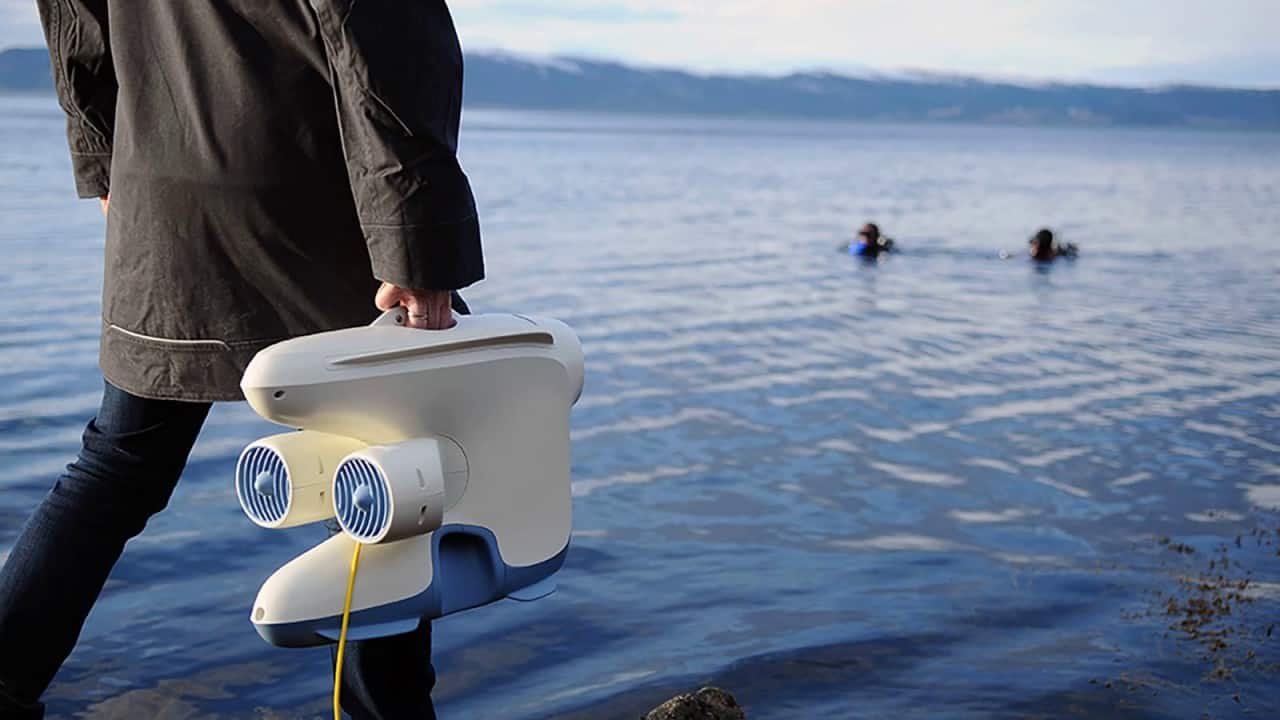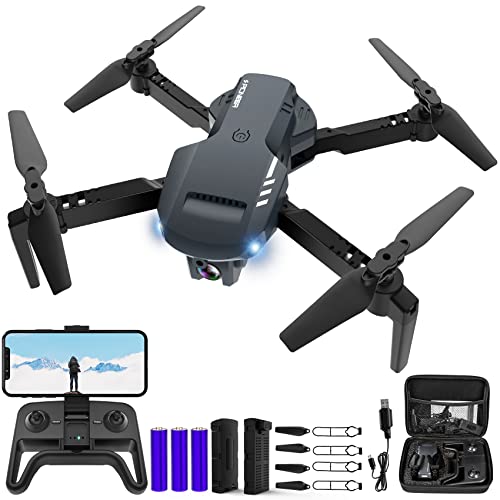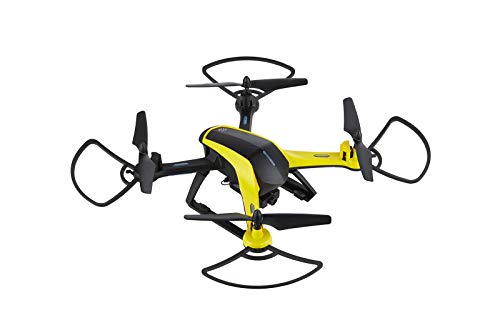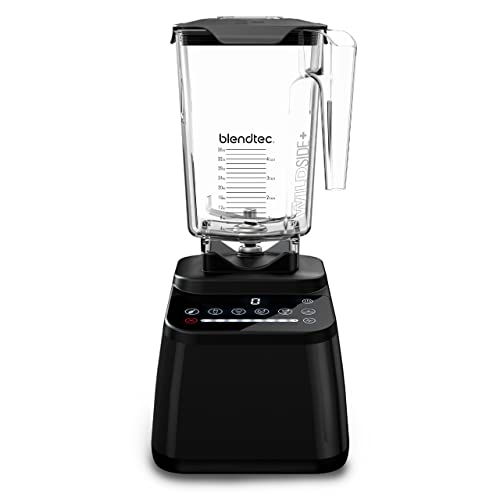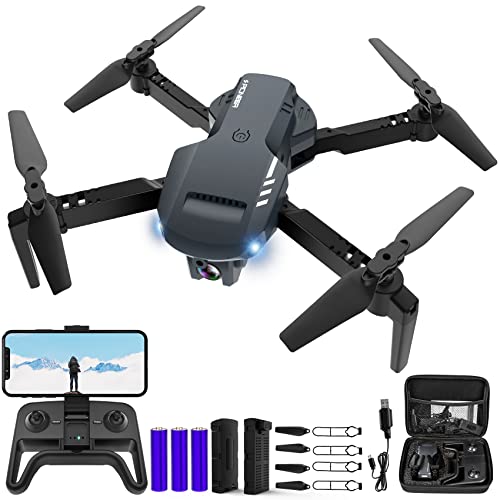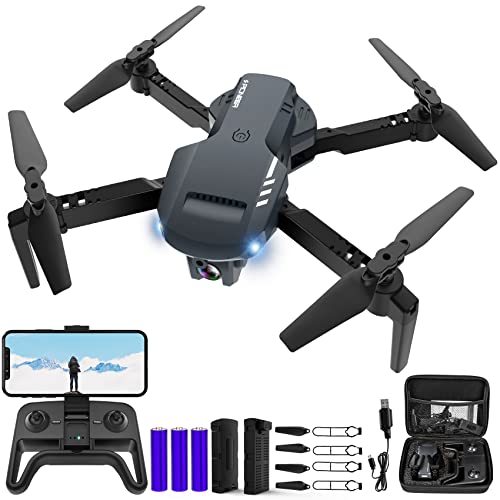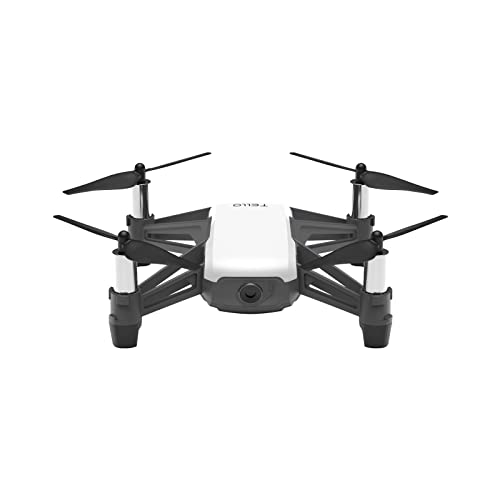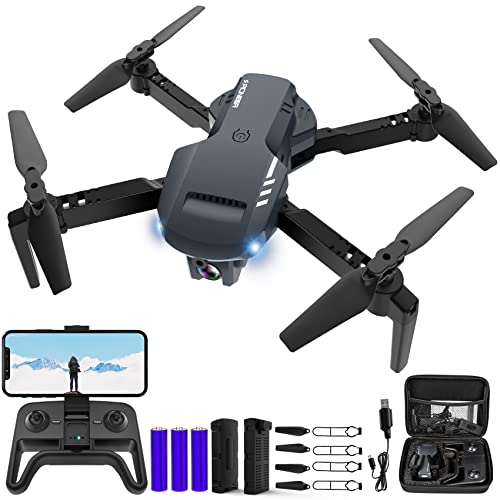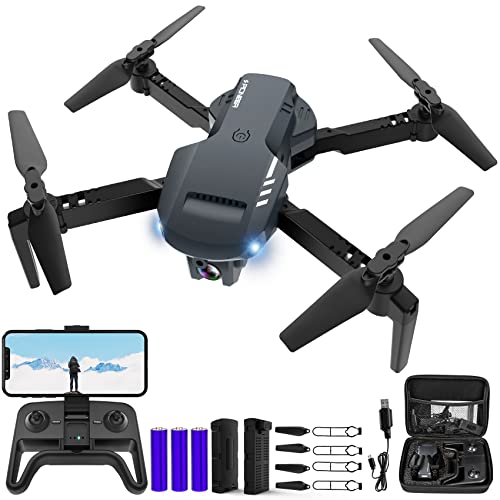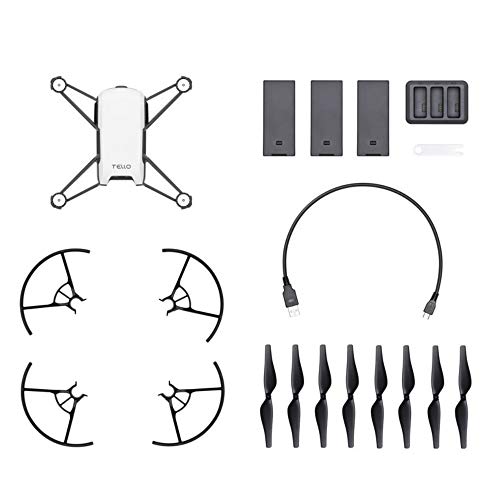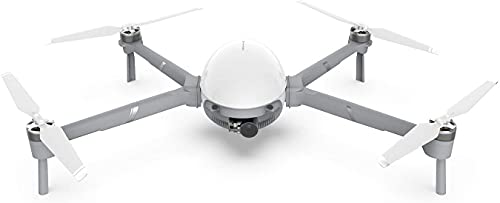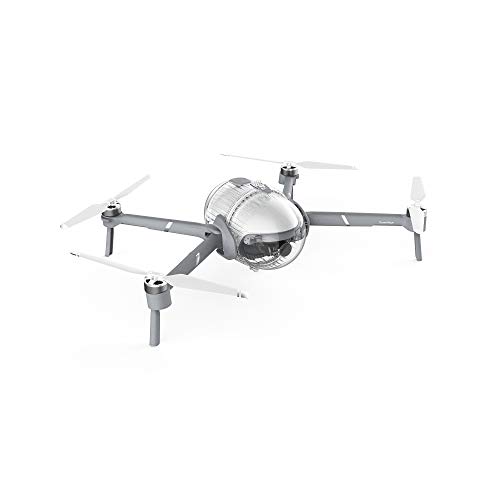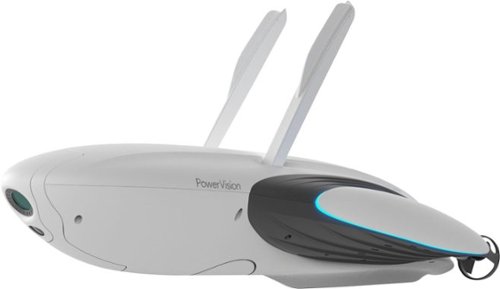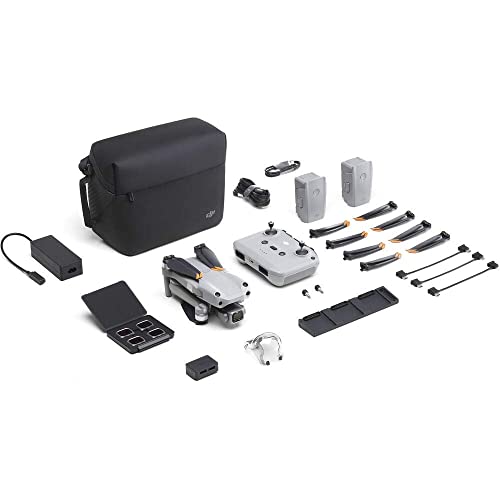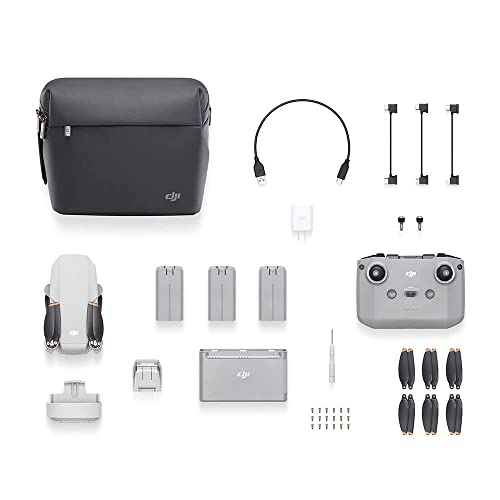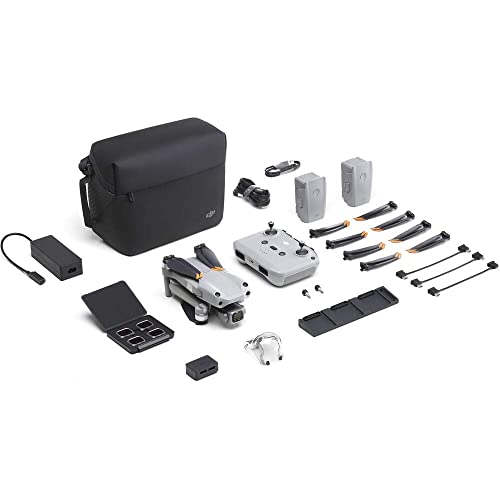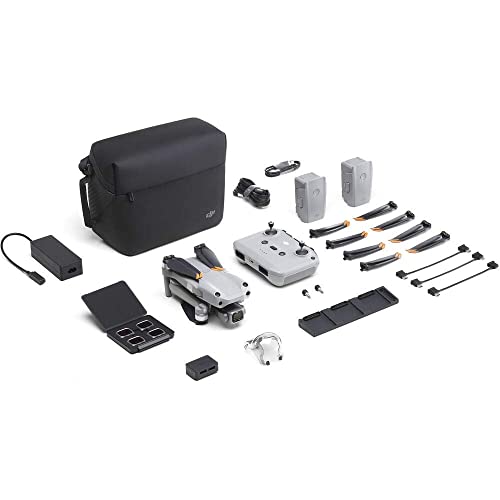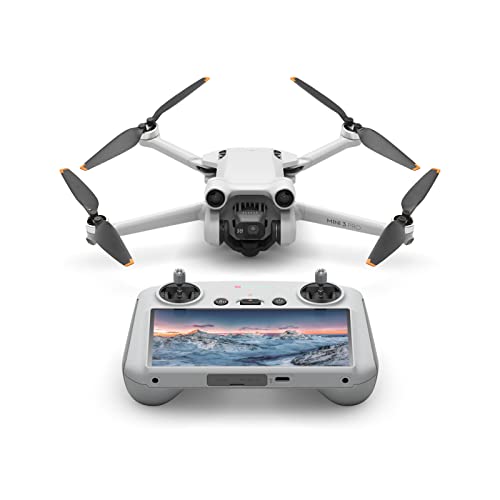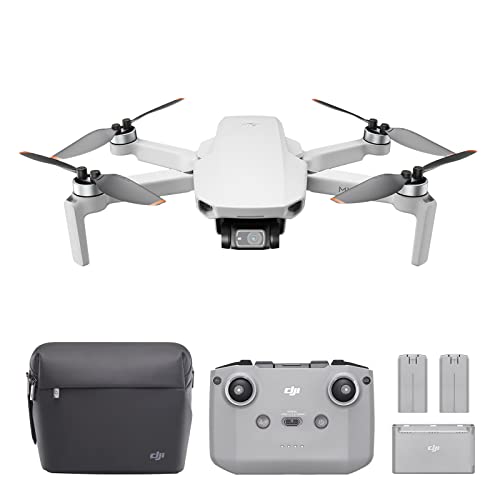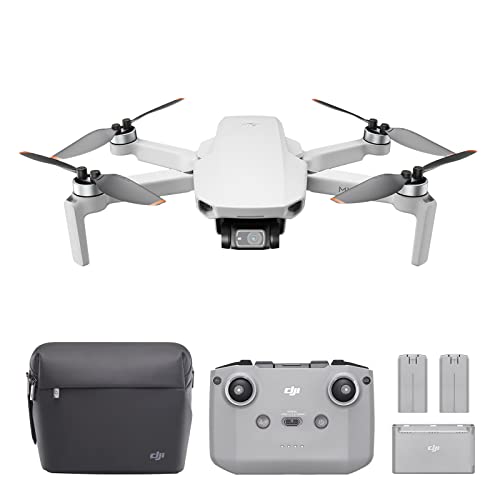The best drones are those that fit your needs. This could be battery capacity, overall flight time, power output, and more. So, we’re here to explain how long it takes to charge a drone battery to full capacity. We’ll also go over a few other things you’ll need to know about batteries and their care.
KEY TAKEAWAYS:
- LiPo batteries are the most common type used in non-commercial drones. If you have a hobbyist model, it likely uses LiPo batteries.
- Avoid extremely hot or cold weather to extend the life of your Lipo batteries and charging positions that can damage the USB cables.
- However, there are different types of batteries used for varying models of drones. Some might even use a Li-Ion battery or a solar power source.
How Long Do You Charge a Drone Battery?
You’ll need to know the type of battery you have for many reasons, like learning how to bring a drone on a plane. This includes how long it takes to charge it. The most common batteries are LiPo (lithium polymer) batteries. These, like most consumer drone batteries, will take between sixty to ninety minutes to fully charge, with some variation due to power capacity and power supply.
Insider Tip
The DJI Mavic Mini 2 has an intelligent flight battery, ensuring the batteries are equally charged.
If you’re trying to learn how to increase drone range, taking great care of your batteries is necessary. Keep reading to find out how.
Maintaining a Balanced Charging Station
Your charging station will be a significant determining factor in battery care and extending battery life. Try to keep the battery stationary by charging it on an even surface. Keep it clear of obstructions and ensure that the cord can stay mostly straight to avoid damage.
Extreme temperatures also play a big role. If it’s too cold, you slow the charging current. On the other hand, a hot battery can also cause significant problems, like overheating. Ensure that the temperature stays consistent to avoid problems.
The Best Charging Option
Ensuring that you’re using the best charging option results in healthier charge cycles. This will keep charge levels higher for longer. The best option will be the one it comes with, which might be a USB charger or dock that keeps the battery stationary while charging.
Charging through a USB cable is the most common way to initiate the charging process for drones. However, drones that fly for long periods use entirely different systems. Try reading about how far military drones can fly for more information on these types.
Extending Battery Life
There are a few different ways you can get the most out of your LiPo batteries:
- Keep a consistent ambient temperature
- Hit the power button and shut down while charging
- Check your battery status regularly
- Keep your battery out of direct sunlight
Warning
Ensure that you always have LED lights on your drone to avoid collisions and still see it in low visibility.
F.A.Q.S
How can I store batteries for longer periods?
The biggest way to store batteries for longer is to ensure a consistent temperature range within the battery temperature tolerances. You should also keep them in a dark, dry location.
How do I know that my drone batteries are dying?
Bloated batteries are a surefire way to know that your batteries are dying. Remove them immediately for your safety and replace them.
Will a third-party battery charger hurt my drone?
While a third-party battery might not kill your batteries, it isn’t necessarily good for them. It’s best to stick with the battery charger that the drone comes with. If it charges through a USB port, any USB-C cable should do the trick.
Can I get extra power from my batteries?
There is no way to push batteries to provide a better discharge rate. To do so is dangerous and could result in battery smoking or bloating. However, using a power bank can extend their life if the drone uses USB charging.
STAT: In a study published June 22 in Nature Energy, Stanford researchers demonstrate how their novel electrolyte design boosts the performance of lithium metal batteries, a promising technology for powering electric vehicles, laptops and other devices. (source)
REFERENCES:
- https://www6.slac.stanford.edu/news/2021-08-24-how-extreme-cold-can-crack-lithium-ion-battery-materials-degrading-performance.aspx
- https://www.researchgate.net/publication/331134335_Advanced_Drone_Battery_Charging_System
- https://www.faa.gov/hazmat/packsafe/more_info/?hazmat=7r
- https://www.researchgate.net/publication/330477358_A_Case_for_a_Battery-Aware_Model_of_Drone_Energy_Consumption
- https://news.stanford.edu/2020/06/22/new-electrolyte-design-may-lead-better-batteries-electric-vehicles/

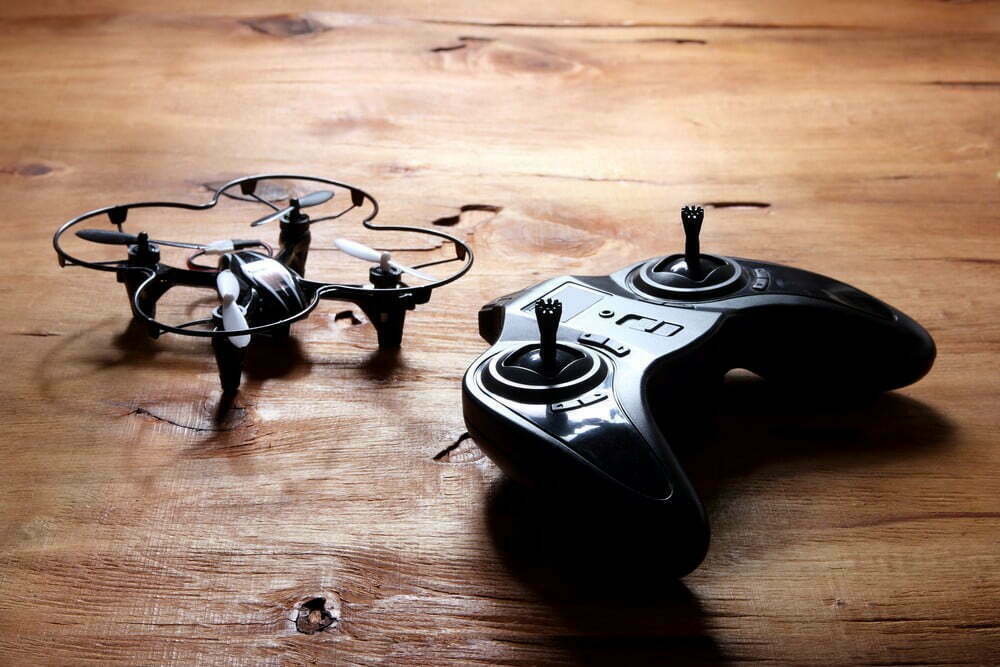












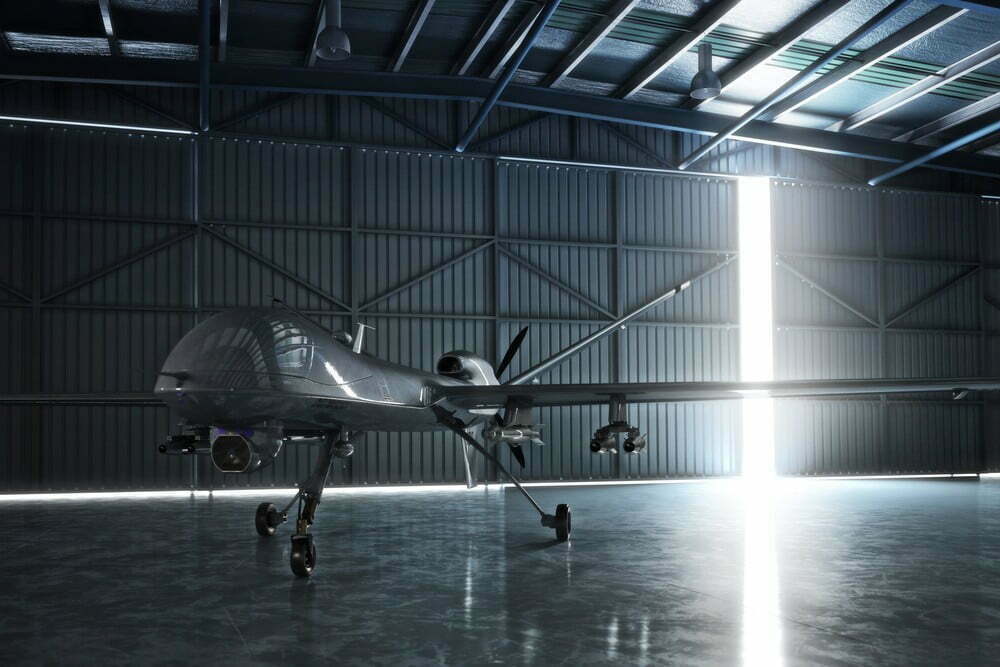
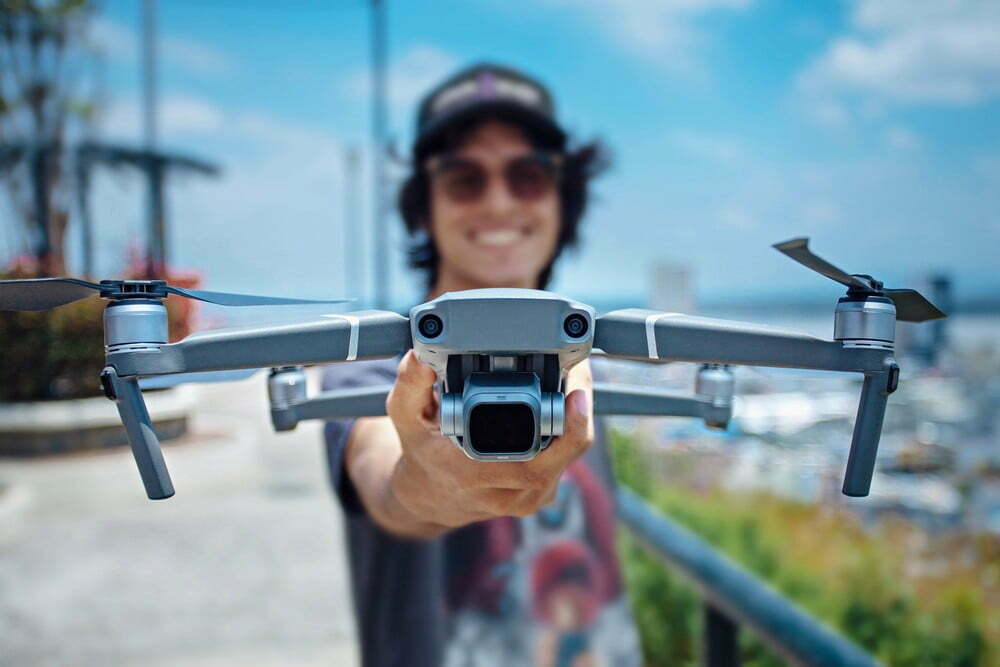
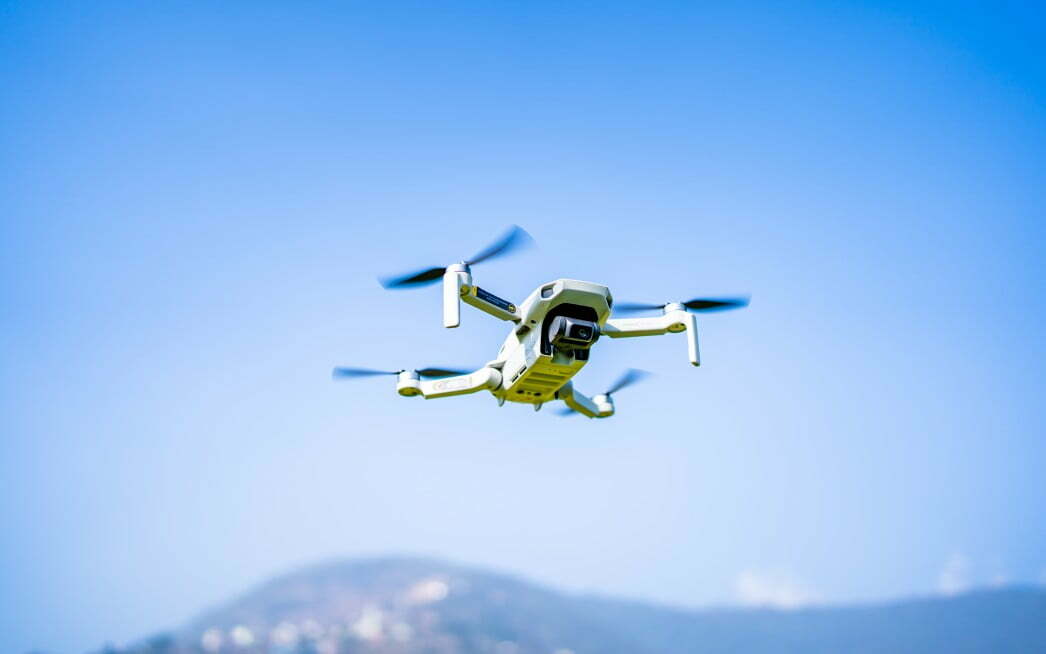
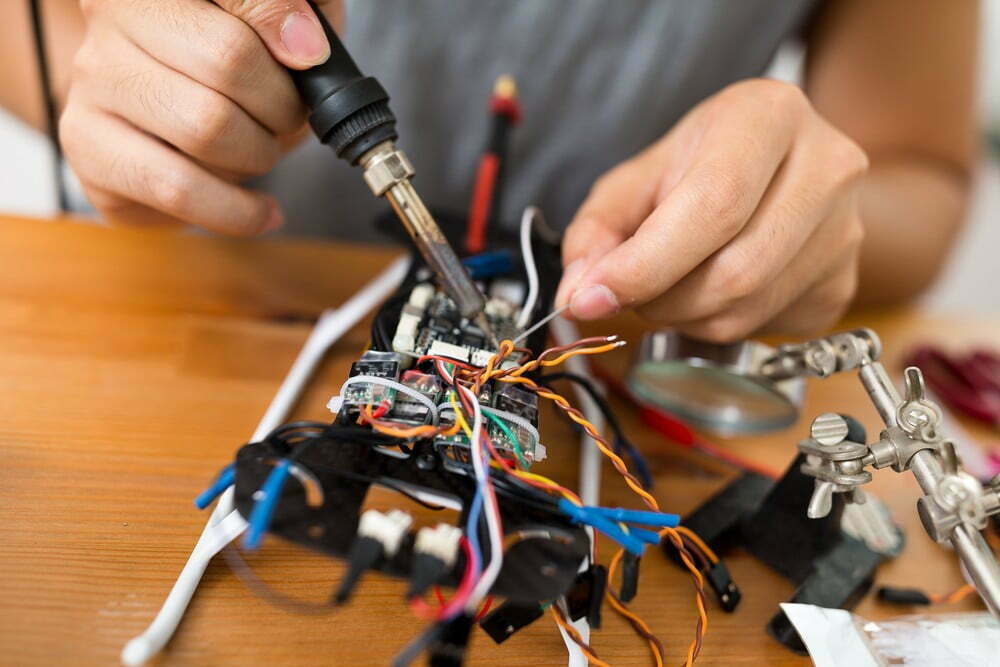
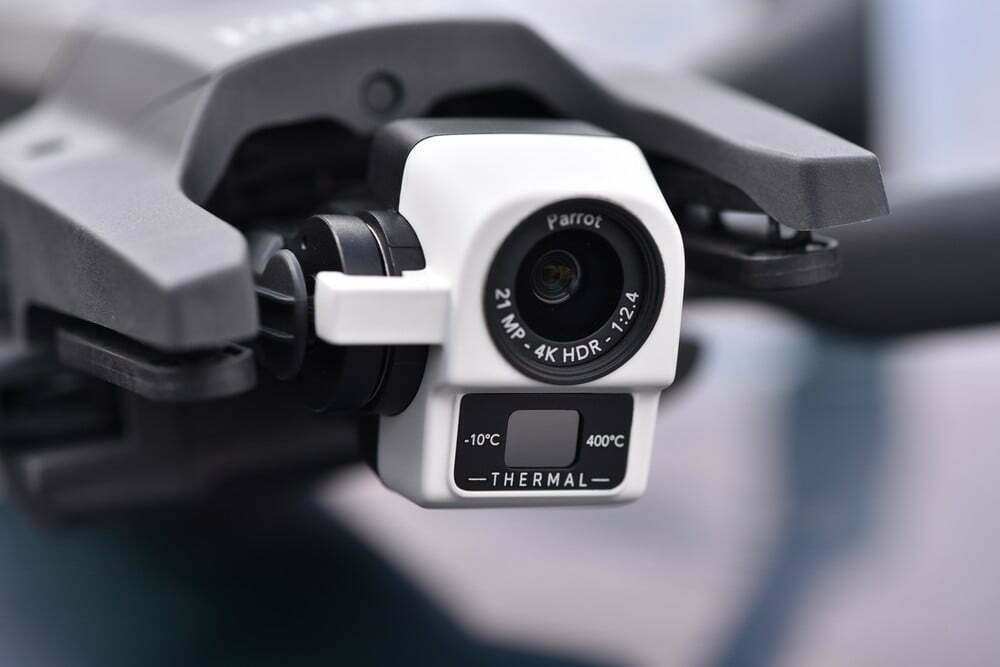
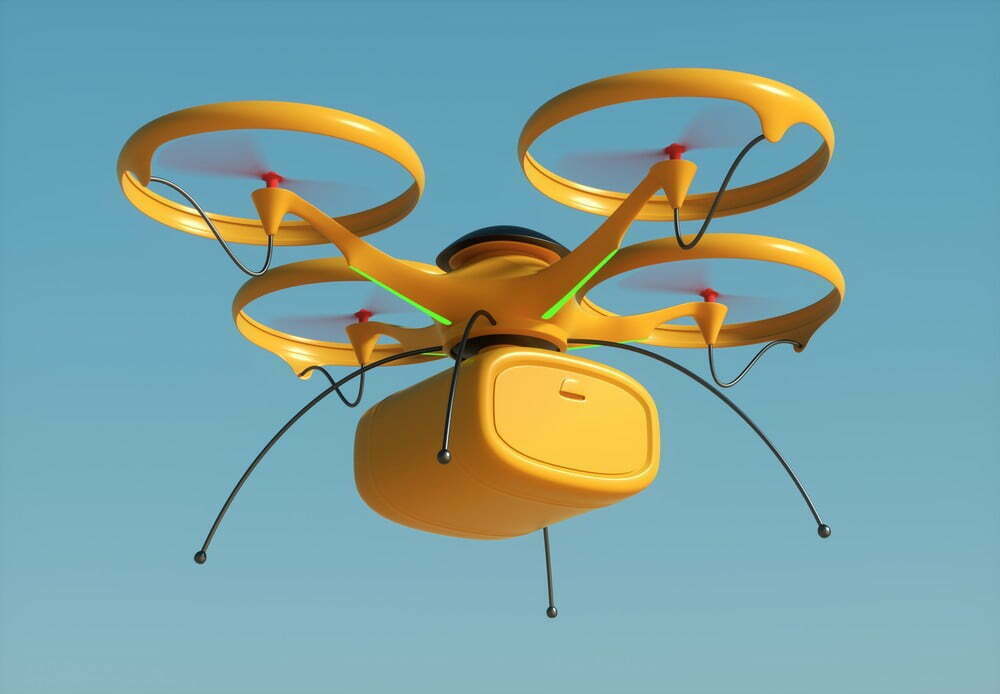
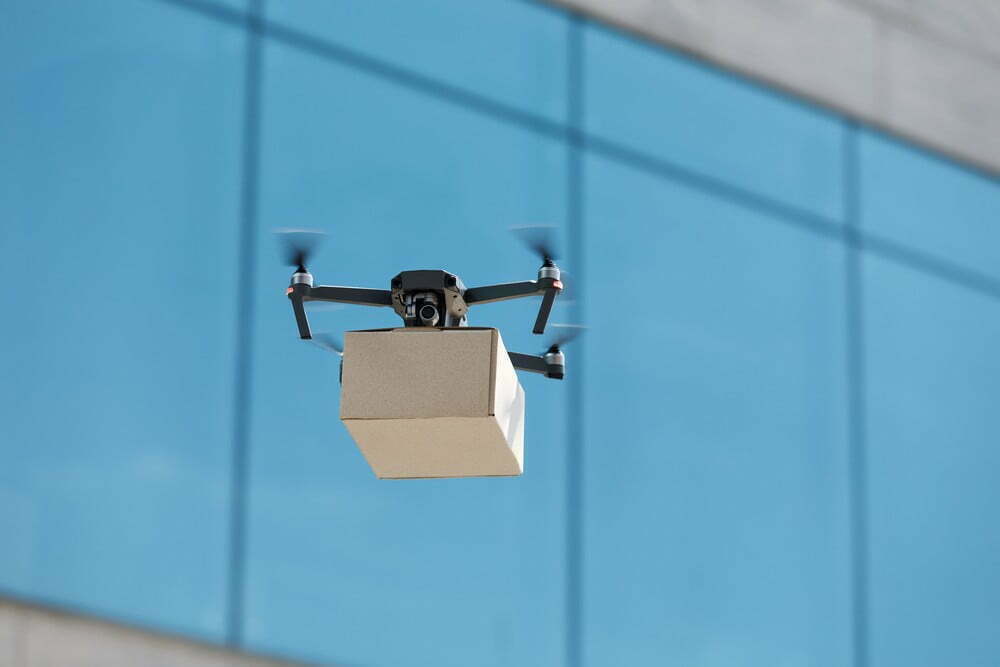
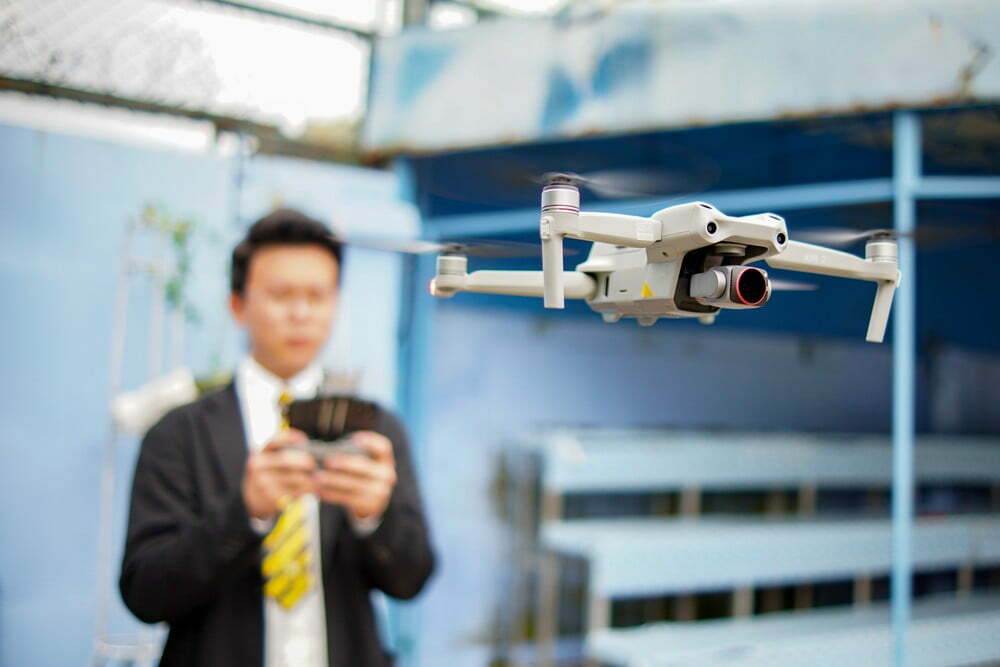
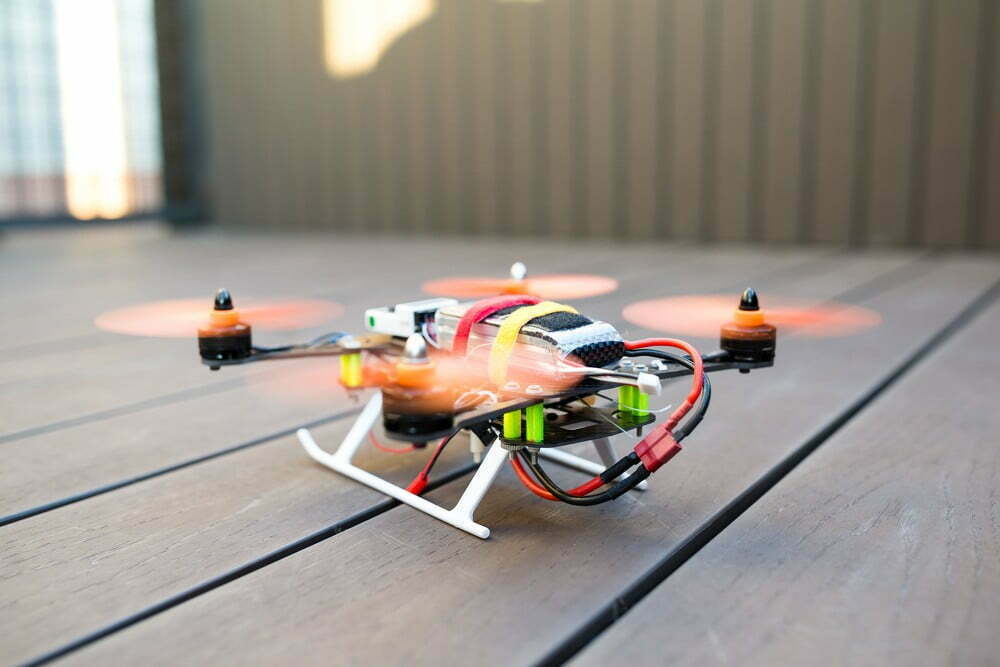
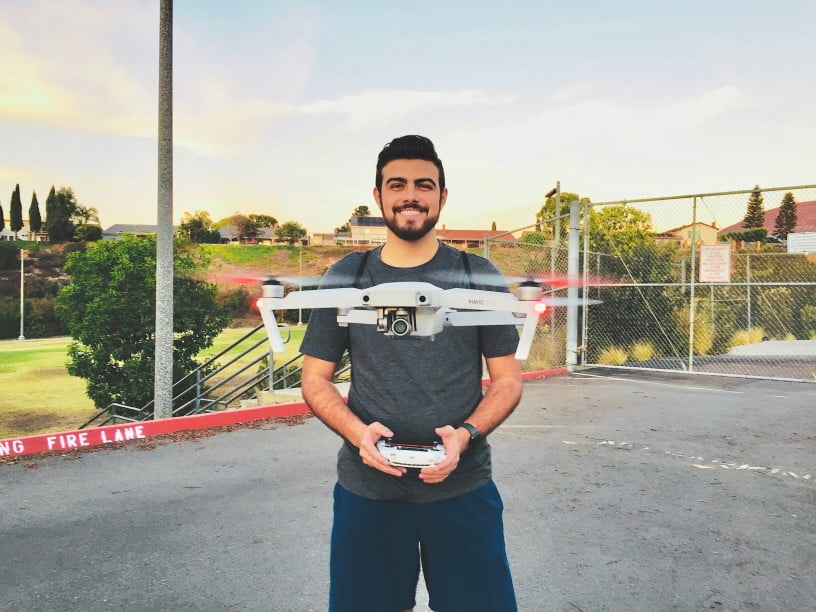
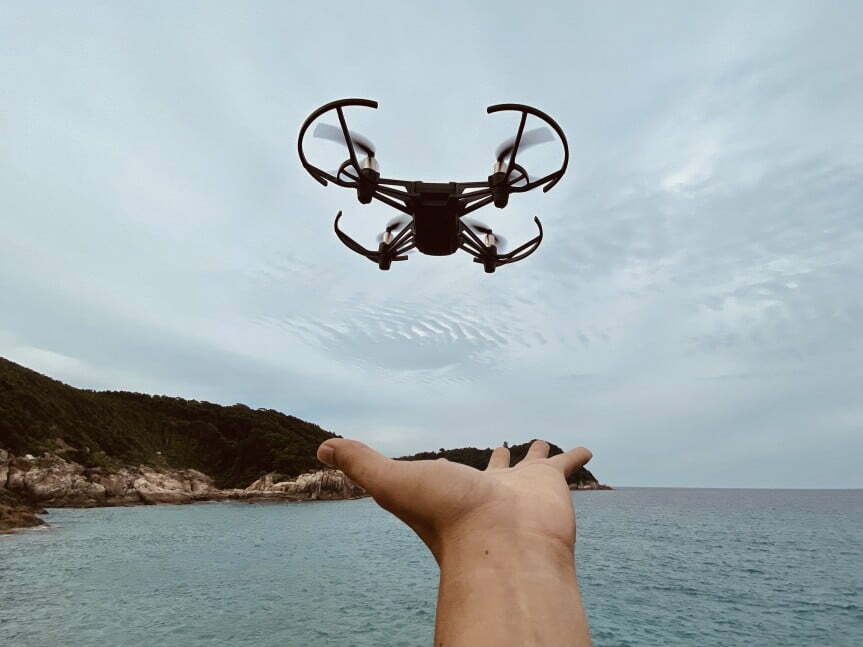
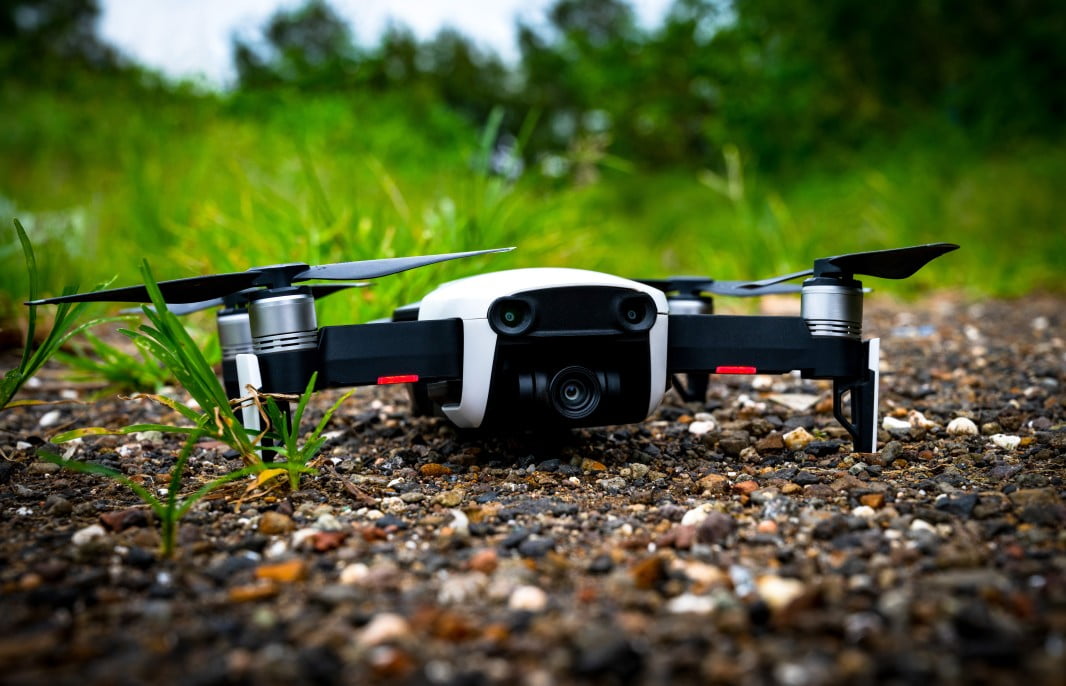
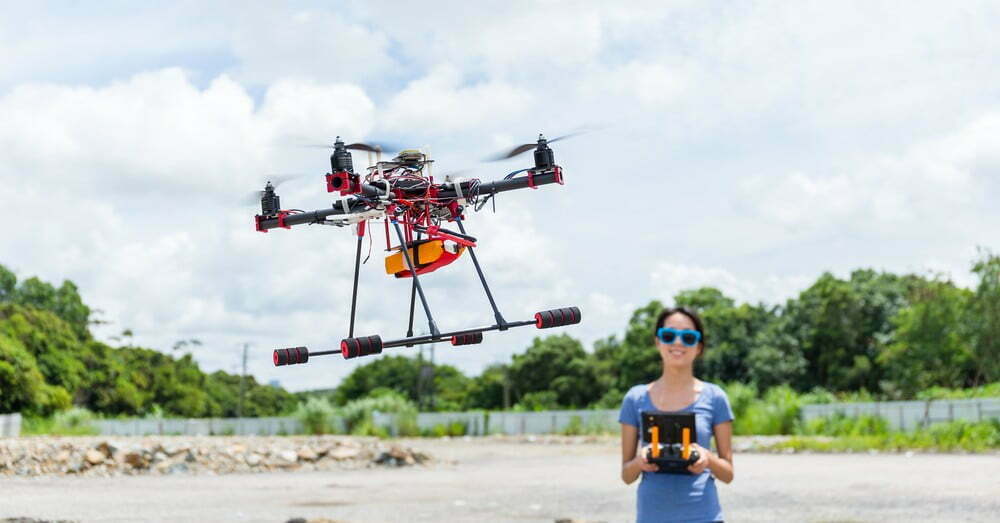
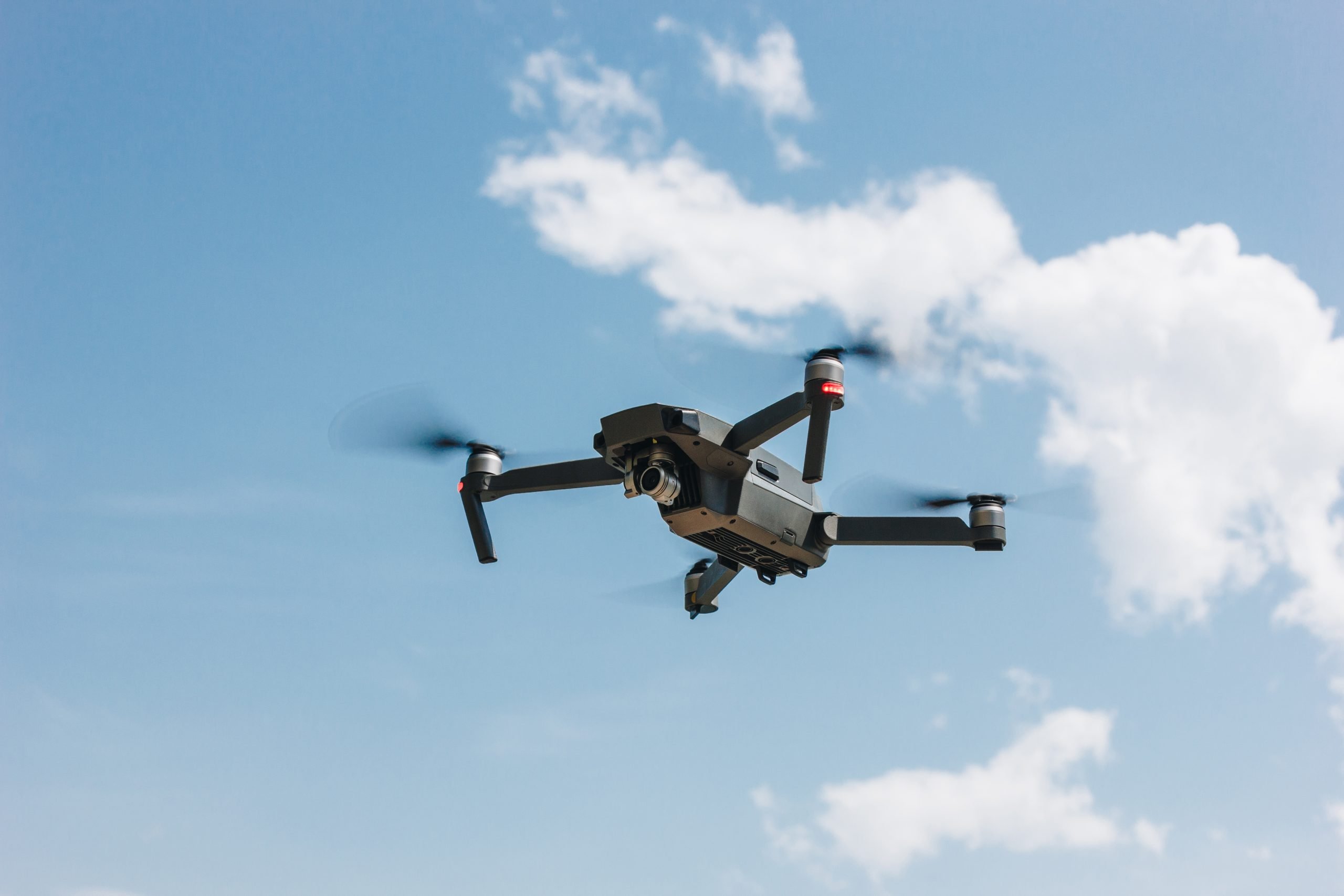
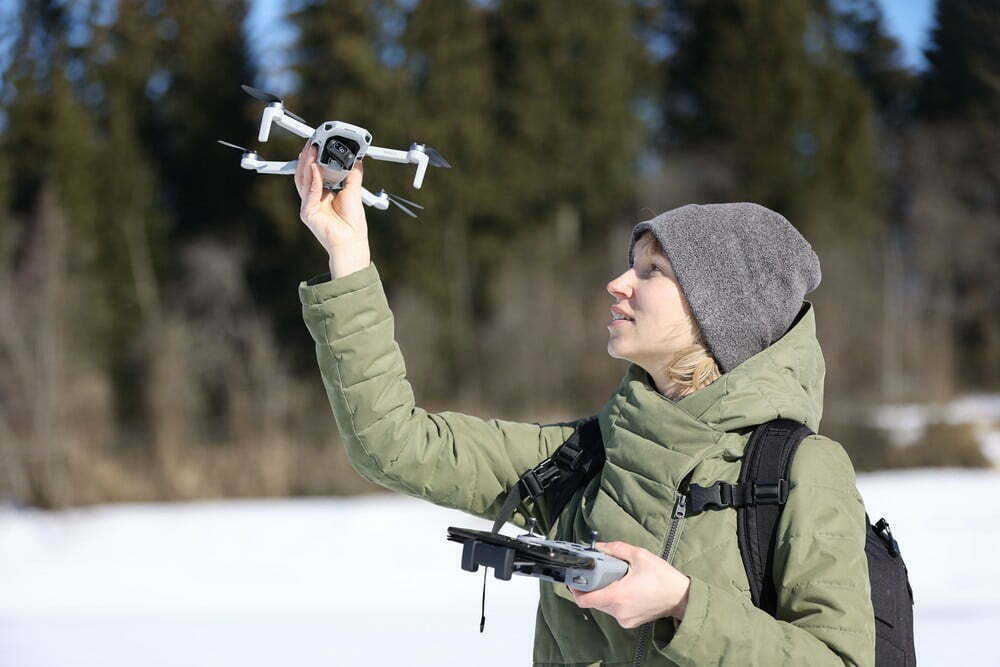
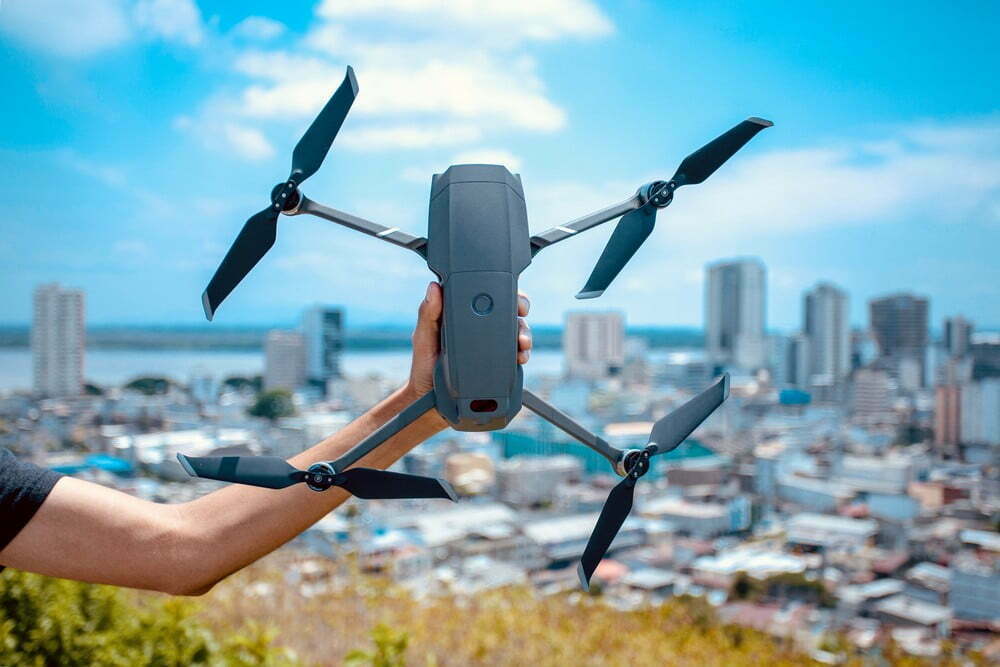
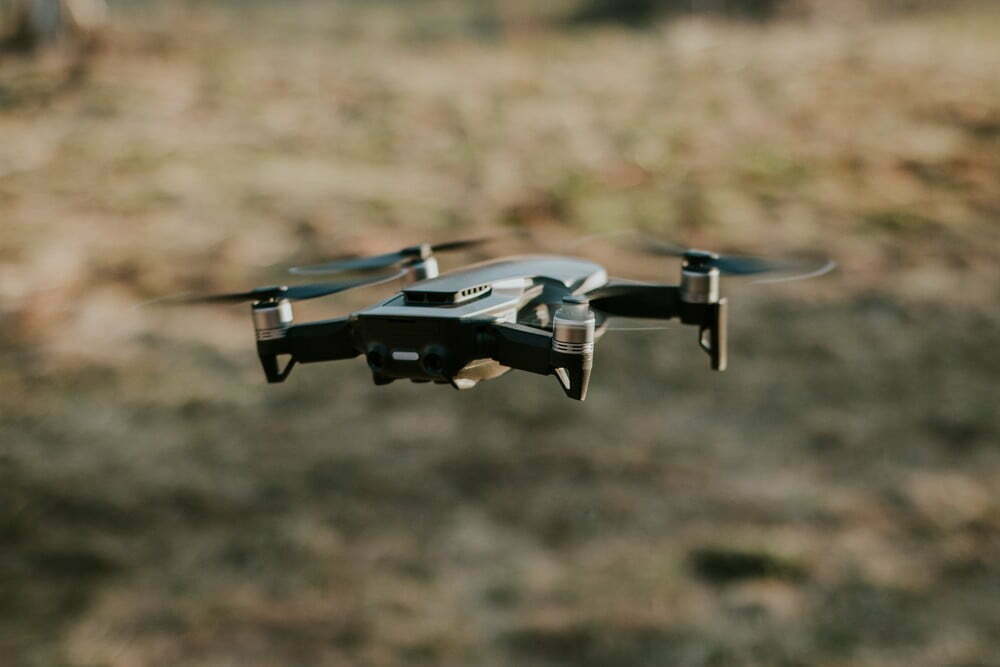
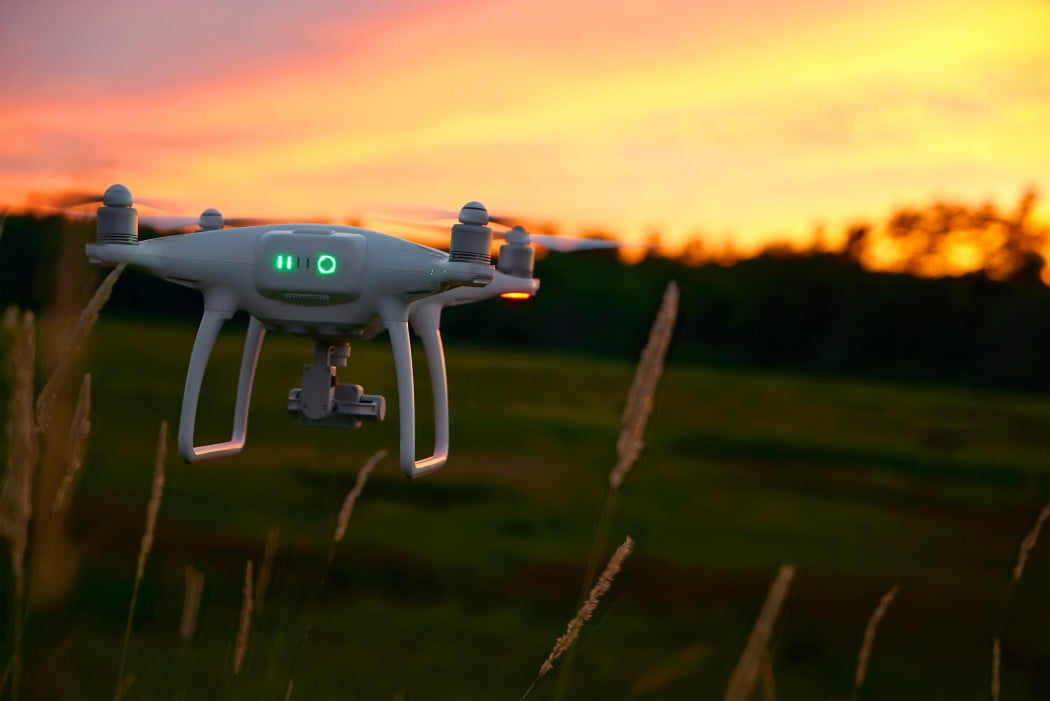
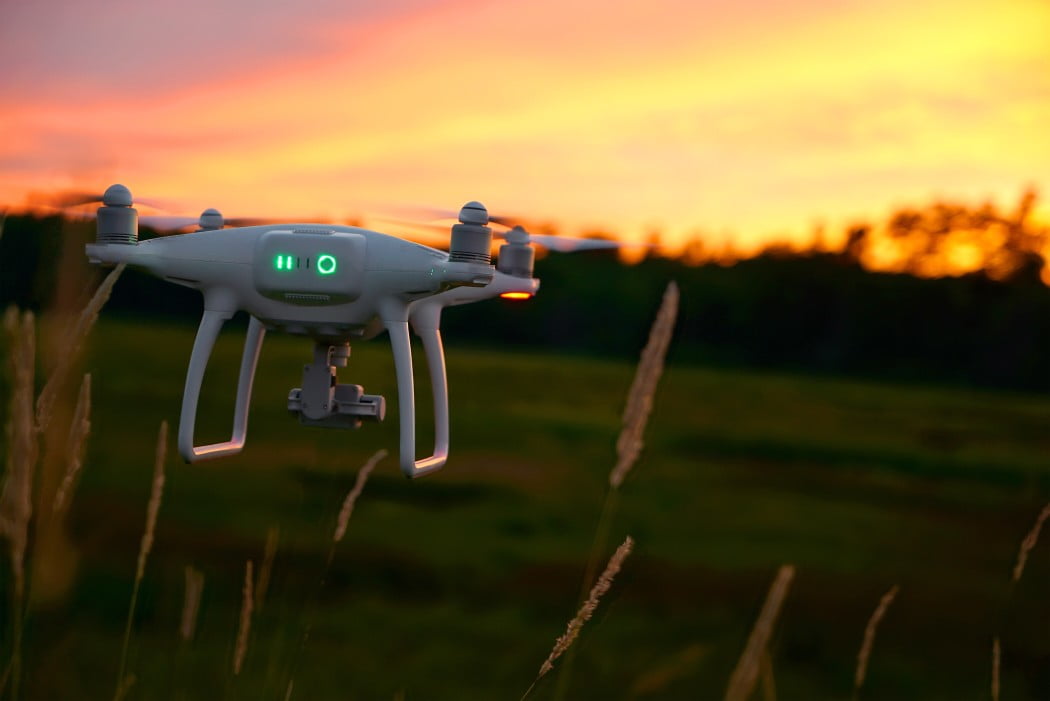
![Best Drones Under the Cost of Ferrari in [year] 26 Best Drones Under the Cost of Ferrari in 2025](https://www.gadgetreview.dev/wp-content/uploads/image-test-3.jpg)
![10 Best VR Drones in [year] 27 10 Best VR Drones in 2025](https://www.gadgetreview.dev/wp-content/uploads/Best-VR-Drone.jpg)
![10 Best Drones for Beginners in [year] 28 10 Best Drones for Beginners in 2025](https://www.gadgetreview.dev/wp-content/uploads/Best-Drones-for-Beginners.png)
![10 Best Indoor Drones in [year] 29 10 Best Indoor Drones in 2025](https://www.gadgetreview.dev/wp-content/uploads/Best-Indoor-Drone.jpeg)
![10 Best FPV Racing Drones in [year] 30 10 Best FPV Racing Drones in 2025](https://www.gadgetreview.dev/wp-content/uploads/Best-FPV-Racing-Drone-scaled-1.jpg)
![10 Best Selfie Drones in [year] 31 10 Best Selfie Drones in 2025](https://www.gadgetreview.dev/wp-content/uploads/Best-Selfie-Drones.jpg)
![10 Best Drones for GoPro in [year] 32 10 Best Drones for GoPro in 2025](https://www.gadgetreview.dev/wp-content/uploads/Best-Drone-for-GoPro-scaled-1.jpg)
![10 Best Drones for Kids in [year] 33 10 Best Drones for Kids in 2025](https://www.gadgetreview.dev/wp-content/uploads/Best-Drone-for-Kids-scaled-1.jpg)
![10 Best Professional Drones in [year] 34 10 Best Professional Drones in 2025](https://www.gadgetreview.dev/wp-content/uploads/Best-Professional-Drone.jpg)
![10 Best Fixed Wing Drones in [year] 35 10 Best Fixed Wing Drones in 2025](https://www.gadgetreview.dev/wp-content/uploads/Best-Fixed-Wing-Drone.jpg)
![10 Best Follow Me Drones in [year] 36 10 Best Follow Me Drones in 2025](https://www.gadgetreview.dev/wp-content/uploads/Best-Follow-Me-Drone.jpg)
![10 Best Foldable Drones in [year] 37 10 Best Foldable Drones in 2025](https://www.gadgetreview.dev/wp-content/uploads/best-foldable-drones.jpg)
![10 Best Drones for Travelling in [year] 38 10 Best Drones for Travelling in 2025](https://www.gadgetreview.dev/wp-content/uploads/best-drones-for-travelling.jpg)
